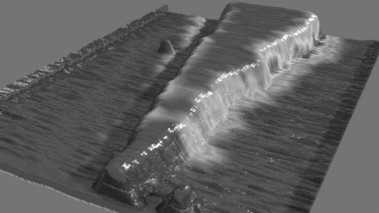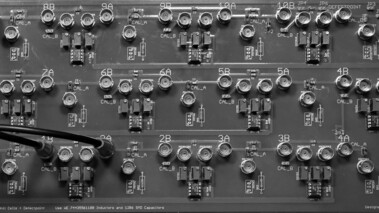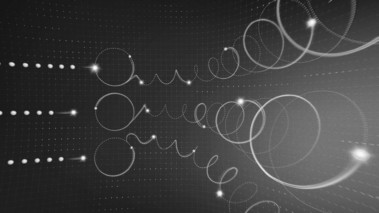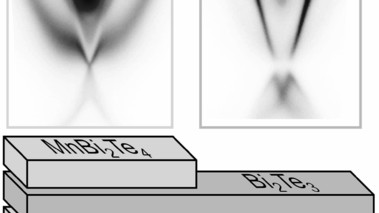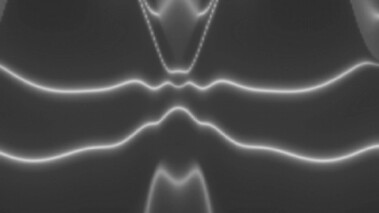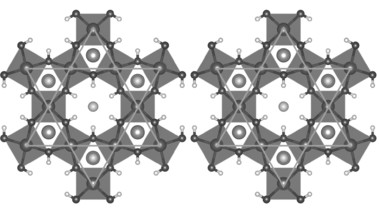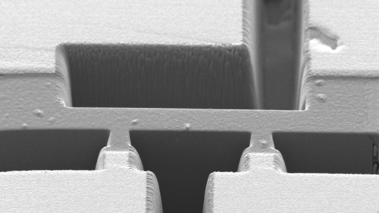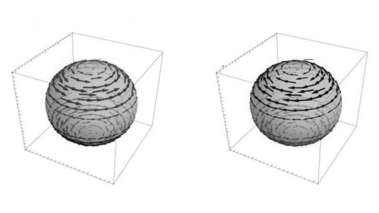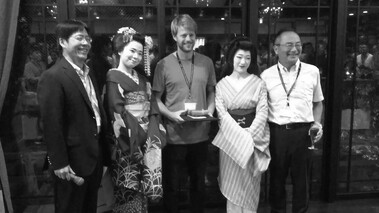News
-
![Bauanleitungfuerquantenmaterialien-1920x1080]()
02 Jul 2021
"Construction manual" for quantum materials
more
-
![Nahaufnahme einer Platine mit elektrischen Schaltungen, Bauteilen und LEDs für topolektrische Forschung.]()
31 May 2021
Topolectrical circuits: A new direction of topological research is ready for take off
more
-
![Pressebild-Elektroneninderwarteschlange-Joergbandmann-1920x1080]()
28 May 2021
Electrons waiting for their turn: New model explains 3D quantum material
more
-
![Dieoberflaechemachts-Abbhendrikbentmann-1920x1080]()
17 May 2021
It's all about the surface
more
-
![20210121-Schwarzeloecheraushalbmetallen-Abbildungpixelwg-Joergbandmann-1920x1080]()
22 Jan 2021
1 million Euros for black holes made from semimetals
more
-
![Farbliche Darstellung einer elektronischen Bandstruktur mit Energieniveaus und Übergängen.]()
14 Jan 2021
Find a needle in the haystack: A new high-throughput method for magnetic quantum materials
more
-
![20200917-Herbertsmithite-Doppelt-1920x1080]()
18 Sept 2020
Quantum honey from black holes
more
-
![Elektronenmikroskopieultrareinesmetall-Header]()
11 Jun 2020
'Wow' research: Quantum physics observed in ultrapure metals
more
-
![Überarbeitete Headergrafik des Zeitgeist-Projekts mit Fokus auf dreidimensionaler Darstellung.]()
18 May 2020
Superconductors with ‘zeitgeist’: When materials differentiate between the past and the future
more
-
![Posterpreis]()
26 Oct 2019
Poster prize for Philipp Schütz
more


